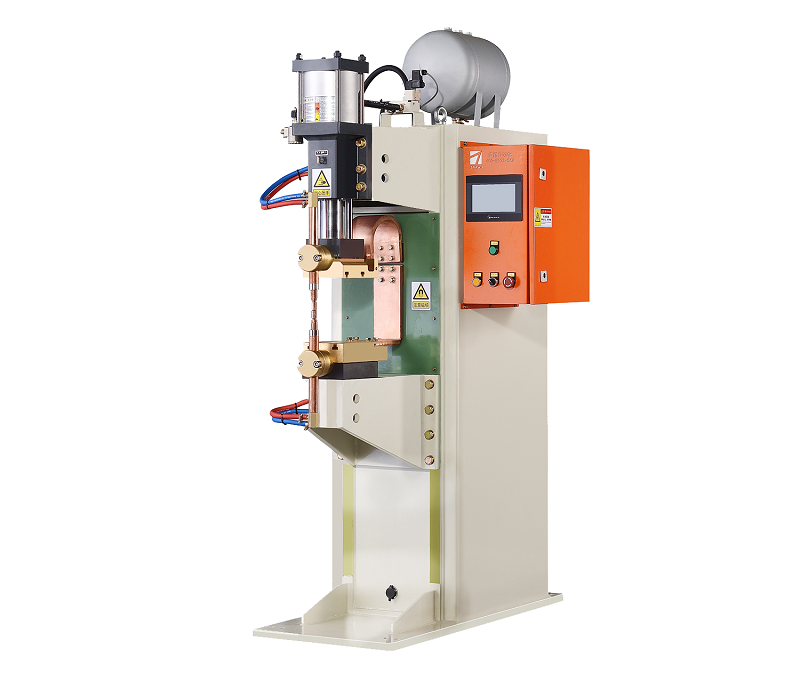Non-Destructive Testing Methods in Medium Frequency Inverter Spot Welding Machines?
Non-destructive testing (NDT) plays a critical role in ensuring the quality and integrity of welds produced by medium frequency inverter spot welding machines. By employing various NDT methods, manufacturers can detect potential defects and flaws in welds without causing damage to the welded components. This article explores several common non-destructive testing methods used in medium frequency inverter spot welding machines and discusses their significance in quality assurance.

- Visual Inspection: Visual inspection is a basic yet essential NDT method that involves visually examining the weld and surrounding areas for surface irregularities, discontinuities, or other visible defects. Skilled inspectors use adequate lighting and magnification tools to thoroughly inspect the weld and identify any indications of quality issues, such as cracks, porosity, or inadequate fusion.
- Radiographic Testing (RT): Radiographic testing utilizes X-rays or gamma rays to examine the internal structure of welds. In this method, a radiographic film or digital detector captures the transmitted radiation, producing an image that reveals internal defects, such as voids, inclusions, or lack of penetration. Radiographic testing provides valuable insights into the quality and integrity of the welds, especially in thick or complex weldments.
- Ultrasonic Testing (UT): Ultrasonic testing employs high-frequency sound waves to detect internal flaws and measure the thickness of welds. By sending ultrasonic waves into the weld area and analyzing the reflected signals, UT equipment can identify defects such as cracks, voids, or incomplete fusion. UT is particularly useful for detecting subsurface defects and ensuring the soundness of welds in critical applications.
- Magnetic Particle Testing (MT): Magnetic particle testing is a method primarily used for detecting surface and near-surface defects in ferromagnetic materials. In this technique, a magnetic field is applied to the weld area, and iron particles (either dry or suspended in a liquid) are applied. The particles gather at areas of magnetic flux leakage caused by defects, making them visible under proper lighting conditions. MT is effective for identifying surface cracks and other discontinuities in welds.
- Penetrant Testing (PT): Penetrant testing, also known as dye penetrant inspection, is used to detect surface-breaking defects in welds. The process involves applying a liquid dye to the weld surface, allowing it to penetrate into any surface defects by capillary action. After a specified time, the excess dye is removed, and a developer is applied to draw out the trapped dye. This method reveals indications of cracks, porosity, or other surface-related flaws.
Non-destructive testing methods play a crucial role in evaluating the quality and integrity of welds produced by medium frequency inverter spot welding machines. Through visual inspection, radiographic testing, ultrasonic testing, magnetic particle testing, and penetrant testing, manufacturers can detect and assess potential defects without compromising the integrity of the welded components. By incorporating these NDT methods into their quality control processes, manufacturers can ensure that welds meet the required standards and specifications, leading to safe and reliable welded structures and components.